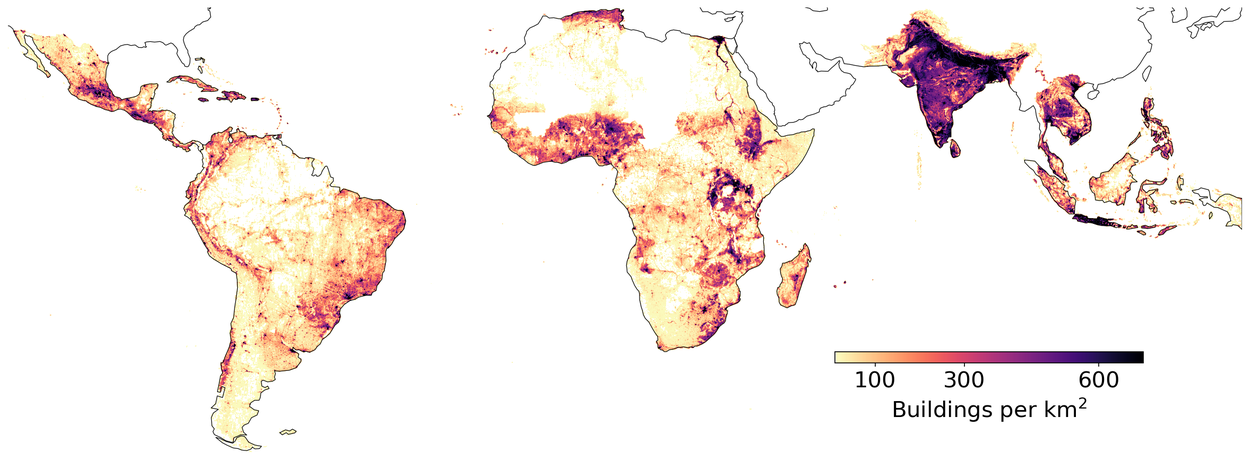Investments in real estate sector have always been marred with uncertainties and speculations. Large and small investors have for decades been scratching their heads regarding the possible upswing or downslide in prices of real estate projects in a particular region. Most of the times, people look at the upcoming urban development investments by the government in the surrounding areas or try to assess the perception of other investors and buyers before taking a decision.
That’s expected to change soon with the launch of Open Buildings by Google. People will be able to seek guidance from AI to understand the prospects of development in a particular region. Wondering what this application does? Well, let’s find out…
What is Open Buildings?
As Google puts it, Open Buildings is a dataset of building footprints that aims to support social good projects. The footprint of buildings is an important parameter for estimating population, planning the urban development, and designing humanitarian response for natural disasters. The massive scale Open Buildings dataset consists of outlines of buildings generated using high-resolution satellite imagery. What is unique about this dataset is that it is focused on Africa and the Global South.
Google has recently launched the third version of the Open Buildings dataset with 1.8 billion building detections which cover approximately 58 square kilometers of area comprising South Asia, Africa, Latin America, Caribbean and Southeast Asia.
And in case you are concerned about the accuracy of the dataset, Google goes a step further by including a polygon that displays a confidence score indicating the certainty of a structure being a building, the building’s footprint on the ground and a Plus Code at the center of the building. The Plus Code is a free, open-source digital addressing system introduced by Google for the entire world. Only the geometry of the building is told about by Open Buildings, while details of the street address and type of building are unavailable.
How can it help investors?
People who invest in real estate are often concerned about the potential for population growth in the areas of interest, environmental conditions, topology, number of houses in catchment areas, and mean distance from hospitals, schools and restaurants. This determines the potential for price appreciation of real estate projects in the near and far future, while offering key insights into how readily the region is getting accepted by residents and corporations alike.

Any region that shows a spike in volume of buildings or demonstrates an uptick in density of buildings implies that the location is witnessing a growing demand among buyers and investors, and can be invested in, provided other parameters are in place.
What Tomorrow holds for us?
Difficult to say, but such datasets as Open Buildings that help to visualize growth trends and bring oases of insights into deserts of uncertainty may see a growth in adoption. Open Buildings is being already used for humanitarian response and urban planning by international organizations. However, leveraging it for investment decisions is yet to see a rise. Nonetheless, it seems like people will latch on to it sooner or later to strengthen their investment decisions.









